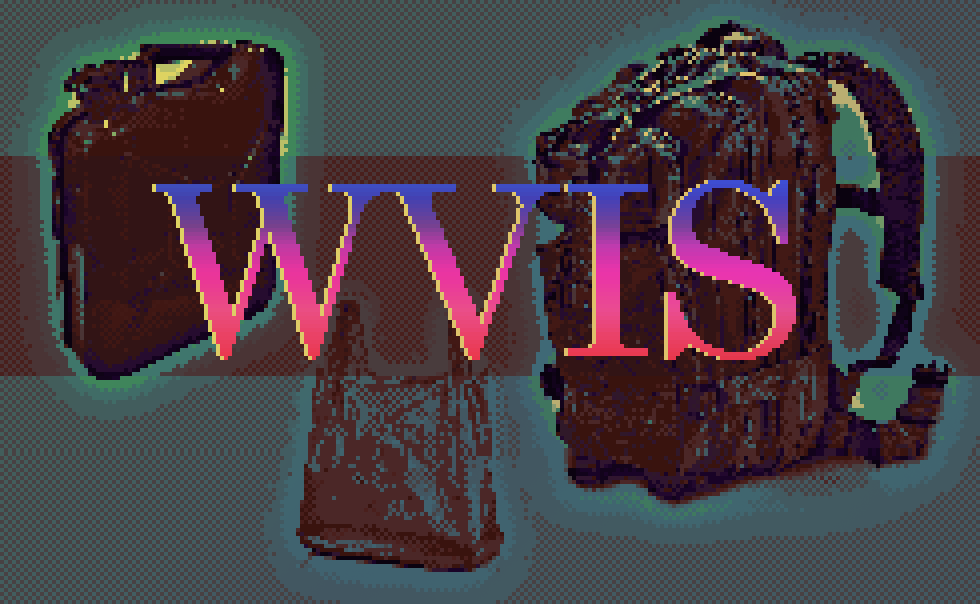Introduction
WVIS (Weight & Volume Inventory System) is a simple base design for an inventory system which can be used in games and video games in particular.
The system is based on weight and volume. These are the defining factors. Items have two variables; weight and volume. Containers have maximum capacities for weight and volume. Containers can hold any amount of items so long as the maximum weight and volume capacities of the container are not exceeded.
System components
Items
An item in the context of this system only has two parameters: weight and volume. An item weighs something and takes up an amount of space.
Containers
A container can hold any number of items so long as none of the containers maximum weight and volume capacities are exceeded.
Weight
Items all have a weight and containers all have a weight limit.
A weight limit could be described as the maximum weight a character can carry. It could be described as the weight limit of a plastic bag that the character is carrying. It could also be described as the combined total of the weight limits of containers that the character has equipped.
Volume
Items all have a volume and containers all have a volume limit.
A volume limit could be described as the inside volume of a backpack that the character is carrying. It could also be described as the sum total volume of the containers that a character is carrying. For example a backpack which makes up 500 cm 3 out of the characters total of 1200 cm3.
Potential use
Potential use of the WVIS involves any game with an inventory system.
One well established approach to designing inventory systems in games is in the form of grids, where items take up an amount of grid cells and can be moved around within these grids, sometimes between different grids representing different inventories.
WVIS can be represented as one or more lists. This list can represent a container displaying its maximum weight and volume capacities. On that list are items. The items can be represented as the name of the item followed by a value representing its weight, and a value representing its volume. The example below shows a backpack with a range of items inside of it.
| Backpack | 8.6 / 18 kg | 19.325 / 22.000 cm³ |
| Soda | 0.5 kg | 50 cm³ |
| Phone | 0.3 kg | 75 cm³ |
| Book | 1.5 kg | 400 cm³ |
| Bike lock | 2.5 kg | 180 cm³ |
| Canned food | 0.6 kg | 120 cm³ |
| Sleeping bag | 1.2 kg | 15000 cm³ |
| Frying pan | 2 kg | 3500 cm³ |
WVIS can be a simple system to implement in game prototypes in comparison to something like a typical grid based inventory system with drag and drop interactions. While this system may not be as intuitive visually if represented in its purest form, it can other advantages in terms of implementation.
The system can be represented as a simple list of items within containers and does not need art to be functional to the point where its complexity with its dimensions come to fruition.
WVIS can also be used for prototyping inventory systems that works with several dimensions. This can be done through lists representing containers with dimension limits, along with items and their details representing their effect on those dimensions.
